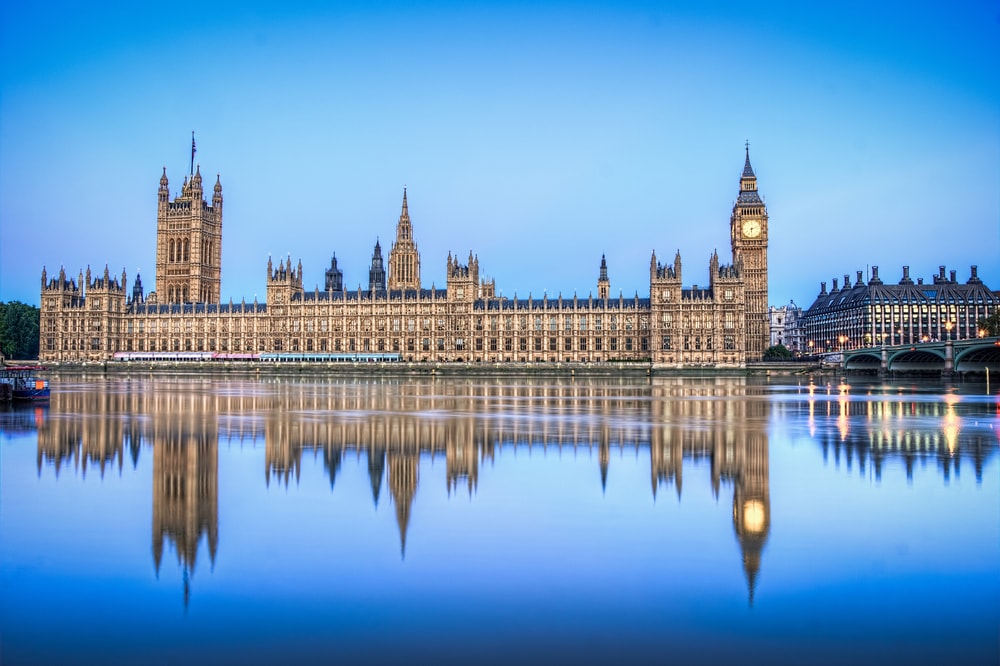The Pension Protection Fund's (PPF) ethnicity pay gap has decreased from 23.15 per cent to 15.6 per cent in 2021, although it has also reported an underrepresentation of ethnic minority employees in senior management roles.
In particular, the PPF's Diversity Pay Gap Report 2021 revealed that ethnic minority representation at the upper middle and upper level roles was 21 per cent, compared to 79 per cent for white employees.
To address this, the PPF has outlined “ambitious targets” to increase ethnic minority representation across the organisation to 30 per cent, and to 25 per cent within senior management roles, by 2023.
Improvements were also underway though, as the report showed that the proportion of ethnic minority employees receiving bonus pay increased from 57 per cent in 2020 to 78 per cent in 2021.
Whilst this compared to an increase from 76 per cent to 85 per cent for white employees, the PPF explained that a greater proportion of ethnic minority employees were in the six-month probation period for new joiners, making them ineligible for a bonus.
In addition to this, the report revealed that whilst the PPF has seen a narrowing gender pay gap in recent years, the difference in its median hourly rate of pay has increased from 15.71 per cent in 2021 to 15.86 per cent in 2021.
Despite this, there was a “significant decrease” in the median bonus pay gap from 31 per cent in 2020 to 16.21 per cent in 2021, with 82 per cent of men receiving bonuses, as well as 81 per cent of women.
Furthermore, whilst the PPF acknowledged that the gender pay gap “hasn’t narrowed nearly enough”, it argued that this reflects gender imbalances that are inherent in the sector and wider society, with the highest paid roles over-represented by men.
The report showed, however, that there have been improvements in gender representation at some levels, with the proportion of female employees in upper middle level increasing from 46 to 48 per cent, while lower middle level representation remained at 59 per cent.
PPF also pointed out that, whilst not reflected in the data, it has an equal number of men and women at the executive committee and board level, and has hit the Women in Finance Charter target to achieve over 40 per cent of women in senior positions by December 2021.
As a result, it has now set a new target to reach 45 per cent by 2023, with the ultimate goal of gender parity.
Commenting on the report, PPF chief people officer, Katherine Easter, emphasised that the PPF is “absolutely committed” to becoming a “fair and inclusive place to work”, highlighting the monitoring of pay gaps to as an important part of this work, with the firm going “above and beyond” its statutory obligations by reporting on its ethnicity pay gap.
She continued: “While we’re confident we’re doing all we can to increase ethnic minority representation across the business, our high retention rate, while positive, means we don’t have vacancies at every level that can create real change.
"To address this, we continue to invest in our people, and provide specialist training and flexible working so all groups, regardless of background, are fully represented at all levels across the PPF.
“We’re also working to change industry perceptions through the Diversity Project which is an initiative that champions a more inclusive culture in the savings and investment profession.”
“We hope that by continuing to support initiatives that drive societal change like the Women in Finance Charter, and through nurturing our own female talent to become future leaders, we can remove our gender pay gap for good.
“While our gender pay gap hasn’t narrowed nearly enough, it is unfortunately a reflection of the gender imbalances in our sector and wider society.
“Pay gaps keep us focused on what we, as a society, value, and shines a light on the barriers some people face when they enter the workforce.
"While they don’t always highlight the work organisations are doing to achieve pay equality which might take years to realise, reporting them makes us all accountable for driving positive organisational, sector and societal change.”
Latest News
-
Utmost sells BPA business to JAB Insurance for undisclosed amount
-
Hargreaves Lansdown announces 'multi-million pound' Keystone investment
-
Unnamed healthcare pension scheme completes £189m buy-in with Canada Life
-
Minimum wage rise set to bring more part-time workers into AE threshold
-
Over half of UK savers relying on non-pension assets for retirement
-
Looking back: 2025 - The year of the big pension overhaul
Private markets – a growing presence within UK DC
Laura Blows discusses the role of private market investment within DC schemes with Aviva Director of Investments, Maiyuresh Rajah
The DB pension landscape
Pensions Age speaks to BlackRock managing director and head of its DB relationship management team, Andrew Reid, about the DB pensions landscape
Podcast: From pension pot to flexible income for life

Podcast: Who matters most in pensions?

In the latest Pensions Age podcast, Francesca Fabrizi speaks to Capita Pension Solutions global practice leader & chief revenue officer, Stuart Heatley, about who matters most in pensions and how to best meet their needs
© 2019 Perspective Publishing Privacy & Cookies










Recent Stories